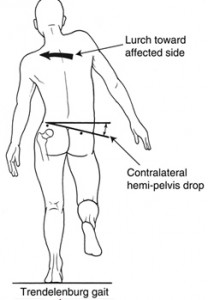 Before she passed away my mother didn’t move much. She split most of her time between her bed and a recliner in the corner of her bedroom.
Before she passed away my mother didn’t move much. She split most of her time between her bed and a recliner in the corner of her bedroom.
When going out she used an electric scooter and over the course of a day she maybe took a couple of hundred steps with a walker.
Fifteen years ago my mother was as active as a person could be—a public school teacher of thirty-five years she was doing yoga way before her time with her favorite teacher Miss Lorraine at the Canarsie HES.
Before I knew anything about anything she developed back pain that lingered long enough without resolve that it was recommended that she have surgery.
It didn’t go well for her.
I’m not sure about the percentages of successful surgeries but my mother’s was an abysmal failure on any level.
There is no guarantee that my version of the story is correct but my mother went into the surgery with back pain and a functioning pelvis and left without back pain but also with abductor muscles that no longer worked.
I believe that the doctor must have nicked the gluteal nerve because these muscles simply shut down never to work again and the trendelenburg gait pattern of the title was the initial result.
The trendelenburg gait is an abnormal walking pattern caused by weakness of the pelvic muscles—gluteus medius, gluteus minimus, and tensor fasciae latae and let’s throw in the piriformis as well.
In an ideal walk the pelvis stays relatively level with the hips both tilting and rotating.
The pelvis of someone who presents a trendelenburg gait hikes way up on one side at the same time as it drops on the other.
The trunk is similarly affected trying to compensate for the weak hip muscles which fail to create any stability in the pelvis.
It is a trip to watch as there is little way to control the movements of the pelvis.
